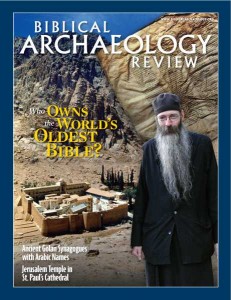Biblical Views: Sacred Texts in an Oral Culture: How Did They Function?

Ours is a text-based culture, a culture of the written word. You need look no further than your computer screen to verify this. An Internet age is conceivable only if there is widespread literacy, which in turn leads to widespread production of texts.
It may be difficult for us, in a text-based culture, to conceive of and understand an oral culture, much less how sacred texts function in such a culture. However difficult it may be, it is nevertheless important that we try to understand oral culture, since all the cultures of the Bible were essentially oral cultures.
The literacy rate in Biblical cultures ranged from about 5 percent to 20 percent depending on the culture and which subgroup within the culture we are discussing. Not surprisingly then, all ancient peoples, whether literate or not, preferred the living word—which is to say the spoken word. No wonder Jesus said to his audiences, “Let those who have ears, listen.” He never said, “Let those who have eyes, read.”
So far as we can tell, no documents in antiquity were intended for “silent” reading, and only a few were intended for private individuals to read. Ancient documents were always meant to be read out loud, and usually read out loud to a group of people. For the most part, documents were simply the necessary surrogates for oral communication. This was particularly true of ancient letters.
Already a library member? Log in here.
Institution user? Log in with your IP address.

